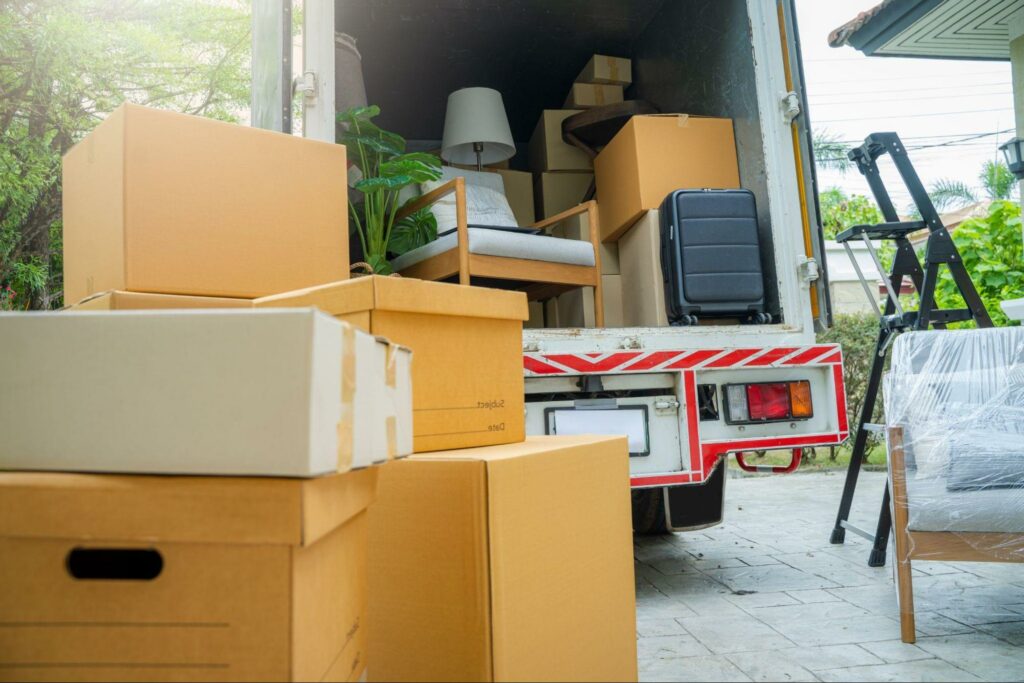Moving houses is an exciting yet challenging time in our lives. Your dream home is just around the corner, but there’s still work to do before you get there. One big task is making sure your furniture arrives in perfect shape.
Properly wrapping and protecting your furniture not only protects it from damage but also makes the moving process more efficient. By following the steps we have laid out for you, you can learn how to wrap furniture properly and keep it safe during your move.
Clean Before Wrapping
Before you start your wrapping process, make sure that all your furniture is thoroughly cleaned so that the dirt and grime does not get transferred to other items. You can use a vacuum cleaner to remove dust from upholstered furniture and a dry cloth to dust wooden or metal surfaces.
Dampen the cloth where needed, especially for wooden furniture, but make sure that you dry the spots carefully before moving on to the next step. If any moisture gets trapped, it can lead to damage, such as warping or mildew. You should also make sure to wash and properly dry removable cushions or covers according to the manufacturer’s instructions.
Disassemble Wherever Possible
Disassembling large pieces of furniture, such as sofas and dining tables, can make it easy for you to move them around, avoid the risk of damage, and save valuable space in the moving van. Gather the necessary tools, such as screwdrivers and pliers, and keep your plastic bags ready to store the separate parts.

For items like tables and chairs, you’ll need to remove their arms and legs if possible. Similarly, you should take apart the frame and headboard of your bed along with any bookshelves and modular furniture you have in store. Don’t forget to label each part as you go so you know exactly where everything is.
Use Moving Pads
Moving pads are large pieces of durable fabric, including cotton and polyester, designed to protect furniture during transit. You’ll need to find pads of various sizes to cover all your furnishings. Once you have them ready, drape them over each item and make sure that each side is covered.
You can use additional tape or straps if there are any loose sides to protect upholstered and delicate furniture from scratches, dents, and dirt. That said, make sure the tape doesn’t go directly on the furniture, as it can cause adhesive residue that will discolor the surface.
Choose the Right Sort of Wrap
Plastic wrap works best for hard surfaces like wood and metal by providing a barrier against any scratches, dust or moisture. Similarly, bubble wrap provides just the right cushioning to absorb shock and reduce risk of cracks for more fragile items, such as glass and mirrors.

Cover the entire surface of all your items with the wrap, making sure that no corner or edge is left open. These are the areas that are most prone to damage. Once everything is wrapped securely, label your boxes containing glass and mirrors with “FRAGILE” so that movers handle them with extra care.
Finish It off With Packing Tape
Once all your furniture is wrapped in moving blankets, plastic wrap, and bubble wrap, it’s time to secure everything with packing tape. This step is crucial to ensure that your wrapping materials stay in place during transit, providing an extra layer of protection against potential damage.
Don’t go overboard with the use of tape, though. Too much can lead to surface damage and leave behind adhesive residue that can be difficult to clean. Make sure you focus on taping the edges and seams of the wrapping materials to prevent them from shifting. For larger items, you’ll need to apply tape strategically to keep the wrapping intact without overdoing it.
You’re All Set
By following the five steps outlined above, you’ll be well-prepared for your move. Be sure to double-check that everything is wrapped securely and inspect for any weak spots that could leave your furniture vulnerable. Alongside that, plan your loading process carefully so you know exactly where each item will go in the truck. This will minimize shifting and reduce the risk of damage to your furniture during transportation.
Moving houses can be stressful, but hiring a professional moving company can make it much easier. They have the experience and tools to handle wrapping, loading, and transporting your furniture safely, giving you one less thing to worry about.
According to this moving cost guide, hiring movers within the state of Georgia, for example, can cost as little as just under $400, so even with the additional fees associated with having pro movers wrap your furniture, it’s far less expensive than having to replace major furniture pieces if they get damaged.
